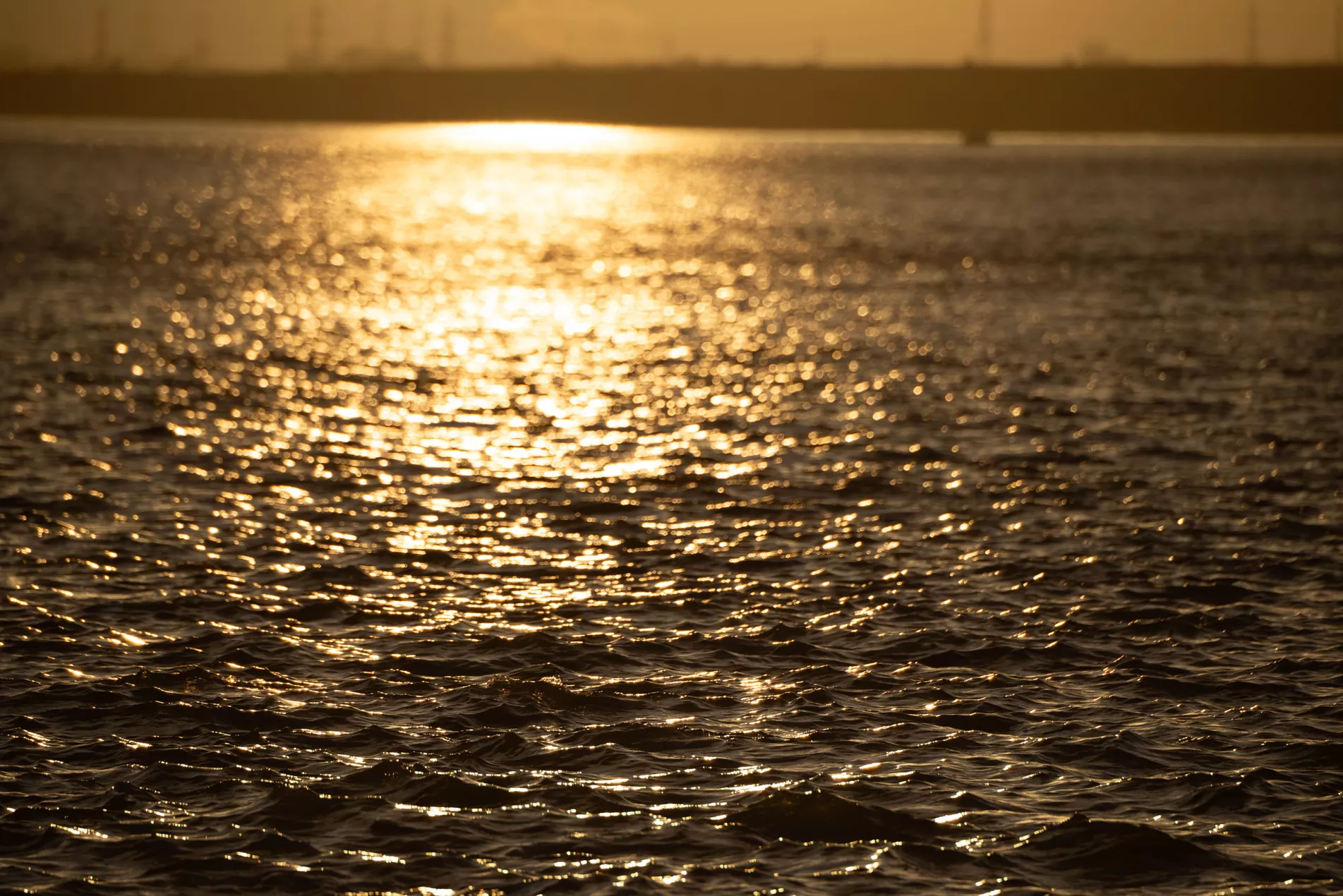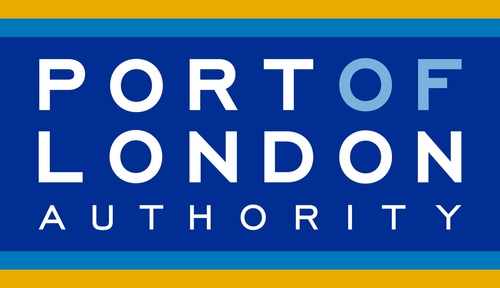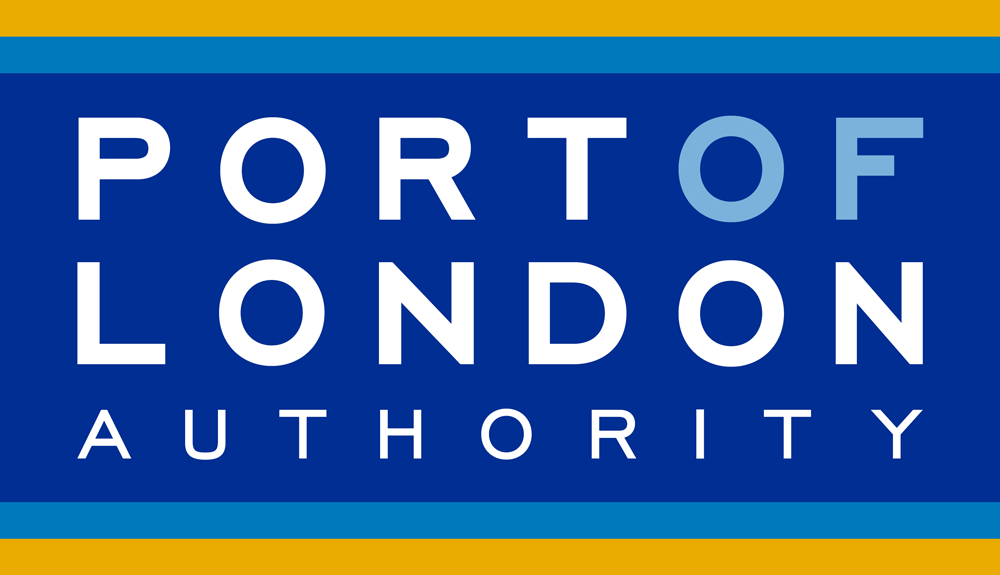Live Tides
NOTICES TO MARINERS
Charts & Surveys
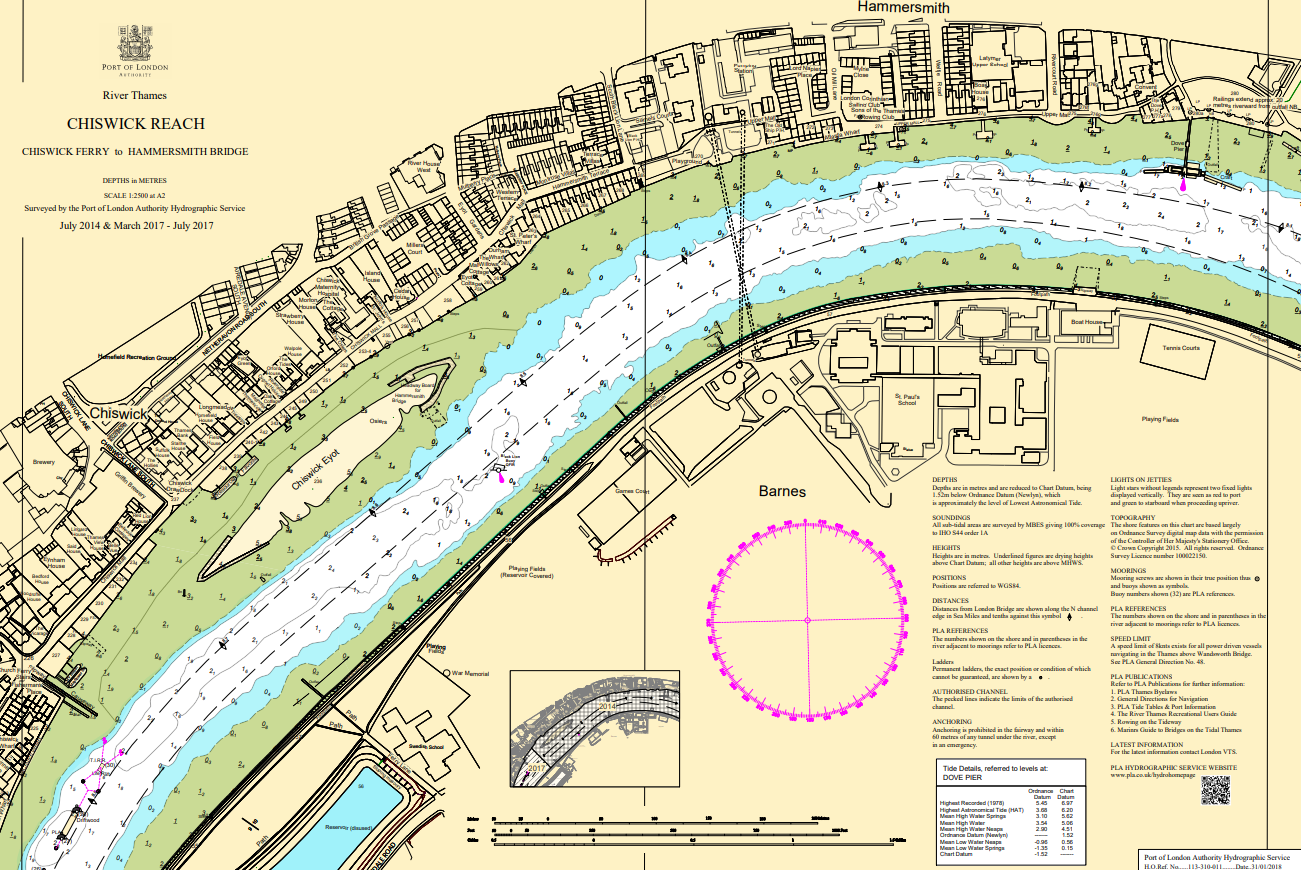
Incident reporting
Life-threatening emergencies on the river:
Call 999 and ask for the Coastguard
For near miss, safety observations and incident reporting click below
Report recommends three electric ferry crossing options for East London
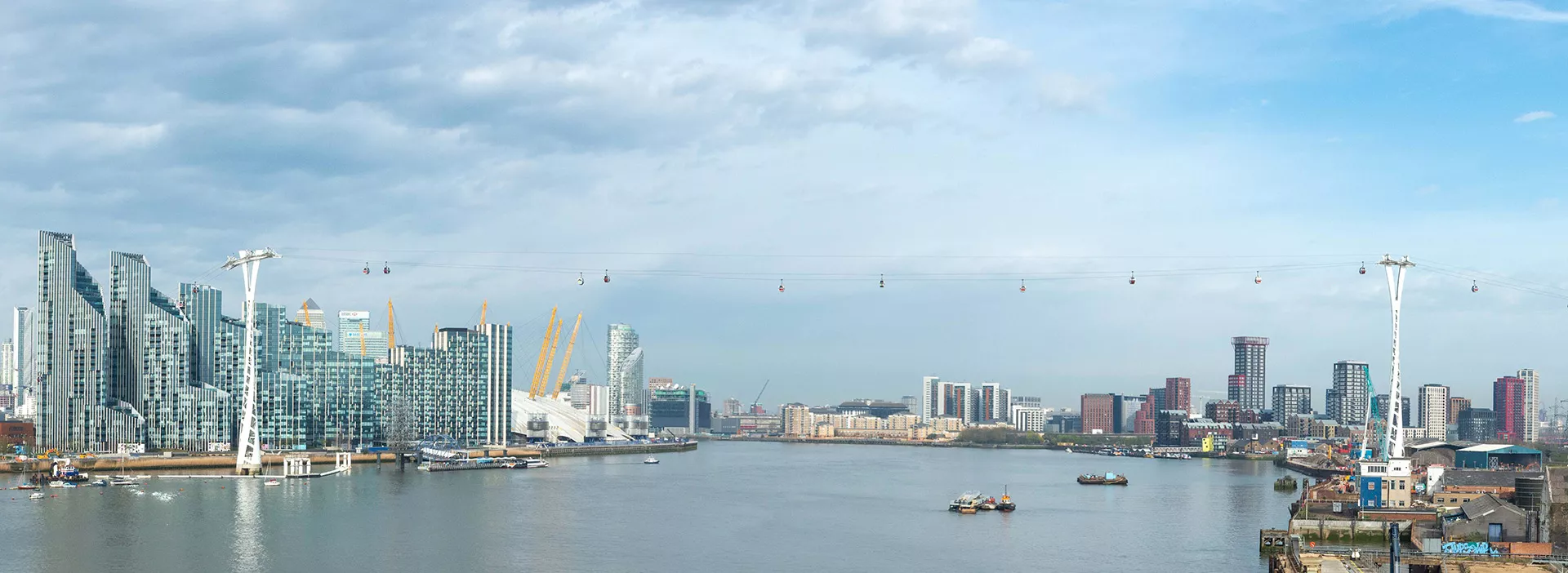
A new study has identified a shortlist of three potential routes for a “turn-up-and go”, electric, cycling-and-walking-friendly ferry service, spanning the Thames in east London, that could be delivered by 2026.
Key Information
- Study is part of an action plan to deliver our Thames Vision
- Commissioned in partnership with the Thames Estuary Growth Board (TEGB)
- The suggested routes server some of London's most under-resourced areas
The Port of London Authority (PLA) commissioned the study in partnership with the TEGB as part of an action plan to deliver the Thames Vision 2050, which aims to maximise the economic, social and environmental potential of the tidal river between Teddington in west London and the North Sea.
“We hope that the London Mayoral and Assembly candidates will recognise the river’s huge potential to support connectivity, reduce emissions and improve quality of life for Londoners by progressing these concepts.”
The suggested routes, all serving some of London’s most under-resourced areas, are:
- North Greenwich – Isle of Dogs
- Royal Docks – Charlton
- Barking Riverside – Thamesmead
All are located close to major development areas in the capital, where North-South transport connectivity is currently severely lacking. They would also support the Mayor of London’s goal for 80% of all trips in the capital to be on foot, cycle or by using public transport by 2041.
Based on 2021 figures, the report estimates that each of the southern piers for the electric ferry routes are within a 15-minute cycle ride for over 107,000 people, providing them with quick and easy access to job and education opportunities on the other side of the river. This is expected to increase by 34% by 2035.
With a lifespan of 30 years, the investment required for each ferry option – estimated to be between £120 million and £132 million – would be around a third of the cost of a bridge capable of carrying a comparable number of people over the river. They could also be operational in a fraction of the time. In 2019, the price tag for a proposed bridge between Rotherhithe and Canary Wharf topped an estimated £460 million.
Robin Mortimer, PLA Chief Executive, said:
“The Thames has shaped London’s history for centuries and is key to its net zero future too.
“Based upon the experience of Auckland and Amsterdam, this report shows that the river can help create an affordable, low-carbon way of tackling transport inequity in east London.
“Using electric ferry crossings, the capital can deliver strong, sustainable, connected communities in the fastest-growing parts of the city.
“We hope that the London Mayoral and Assembly candidates will recognise the river’s huge potential to support connectivity, reduce emissions and improve quality of life for Londoners by progressing these concepts.”
Kate Willard OBE, Thames Estuary Envoy and Chair of the Thames Estuary Growth Board, said:
“New and improved river crossings are essential in delivering the huge opportunities for growth in the Thames Estuary, linking new investment, jobs and communities. The river is too often seen as a barrier and we must overcome this.
“We already see a resurgence in travel along the Thames; it’s essential we also have more options to cross it. New opportunities for growth in the Thames Estuary must be accessible to all – a business on the north of the river must be able to employ people from the south and on the south from the north.
“As we drive towards net zero, electric ferry crossings can be an increasing part of the solution for business, employment and leisure, bringing communities together across the great River Thames.”
The report has been welcomed by politicians in the capital from across the political spectrum and is supported by the London Cycling Campaign and Footways.
Read the full report: The case for new zero-emission ferry crossings
The suggested routes all serve some of London's most under-resourced areas.



Support for study showing three options for zero-emission Thames crossings in east London, December 2023
Elly Baker, Labour London Assembly Spokesperson for Transport: “The River Thames provides great options for getting around London but there is so much more it can offer. I’m pleased to see work being done on exploring more ways to use the opportunities it provides – especially if those options reduce our carbon emissions. Boosting connectivity in the east of our city will support Londoners going about their working lives, as well as connecting families and communities. This is just the sort of project a fairly funded TfL would be able to support.”
Siân Berry, Green London Assembly Member: “Thousands of east Londoners deserve a safer, quicker, and cleaner way to get around their city. I am proud to support many zero-emission transport proposals, including today’s study outlining how a cross-river ferry would serve some of our most deprived neighbours. Londoners need these kinds of creative solutions to let them cross the river by rail, walking and cycling. As a Green Assembly member, I will continue to explore more ways to make the Thames better serve all Londoners.”
Rob Blackie, Liberal Democrat Mayoral Candidate: “The routes proposed under this plan would go a long way to providing green transport options in an area of London where there are currently limited options. The east of London is set for major redevelopment over the coming years and by backing these proposals we can ensure there is the improved infrastructure in place to make sure this growth is a success and to ensure we are promoting vibrant and interconnected neighbourhoods. These plans have the full backing of the London Liberal Democrats.”
Emma Griffin, co-founder Footways: “We’re really pleased to read proposals for new river crossings and hope all three can be delivered as soon as possible. They will be vital for creating a connected, healthy, low-carbon transport network and reducing severance in these fast-growing areas. We also look forward to working on plans to ensure the ferry crossings connect with wider walking networks.”
Simon Munk, Head of Campaigns at the London Cycling Campaign: "London has a real shortage of river crossings that work well for walking, cycling and wheeling. This is particularly noticeable east of London Bridge. Electric, roll-on, roll-off ferries can be part of the solution to this issue and these three proposed routes could enable vital cross-river sustainable connectivity to shops, workplaces and leisure facilities for communities in rapidly developing areas of London on both sides of the Thames, without adding more motor vehicles to London’s straining roads network.”
Caroline Pidgeon MBE, Liberal Democrat London Assembly Member & Transport Spokesperson: “There is a desperate need to increase cross-river transport options in the east of London. All three of the ferry routes outlined in this report have the potential to contribute greatly to developing some of London’s most deprived communities at a low cost and I would urge all stakeholders to unite in favour of supporting the proposals.”
Related content
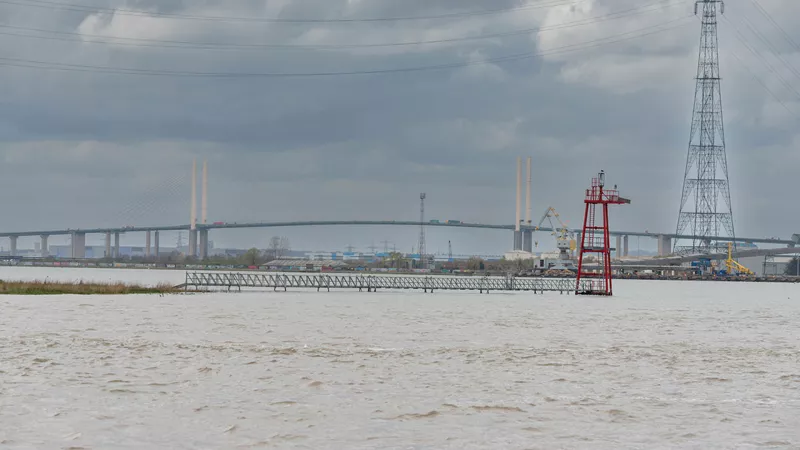
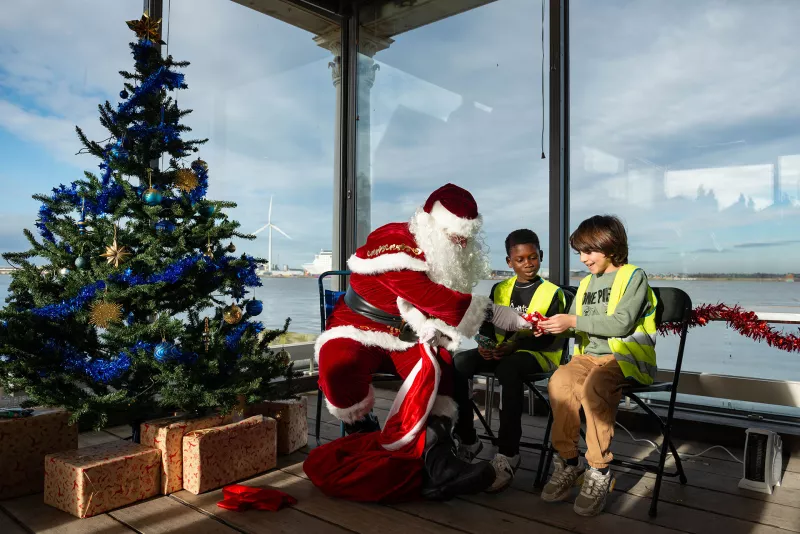
Location: London/Gravesend Remuneration: £28,971 per annum for a commitment of up to 24 days per...
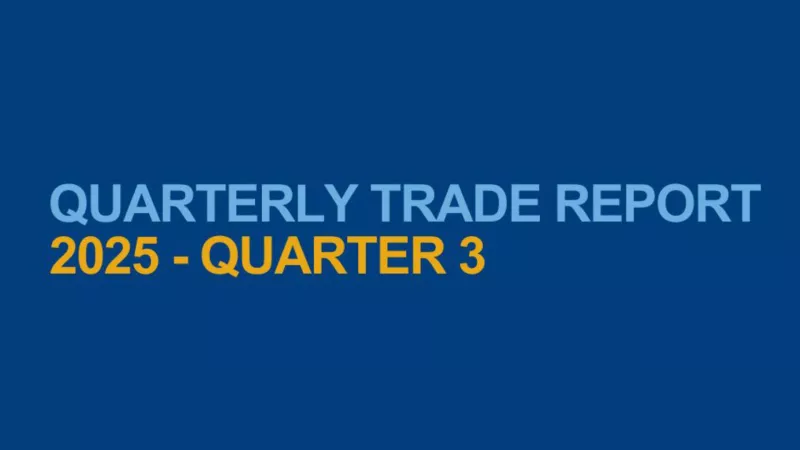
Discover
